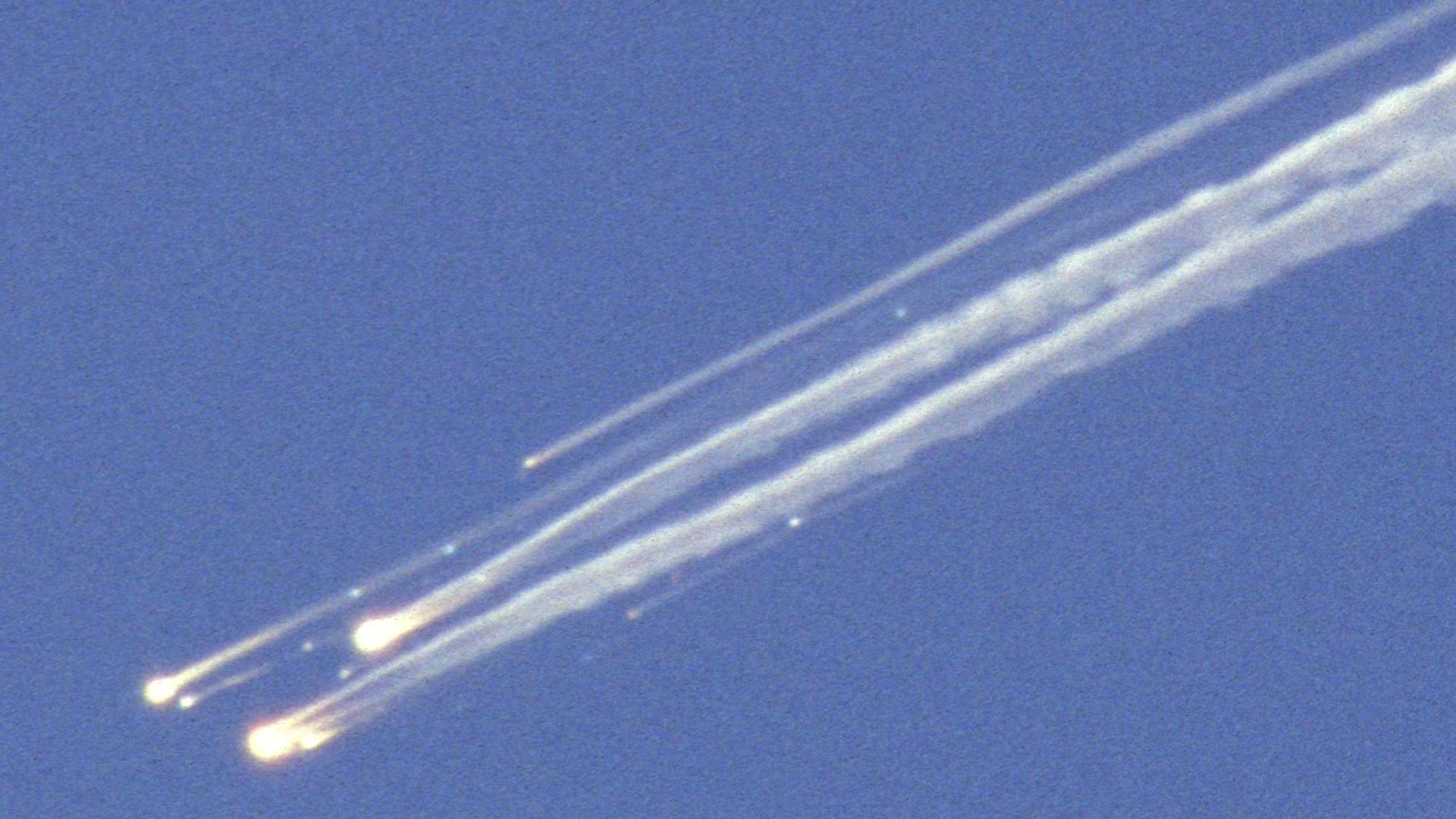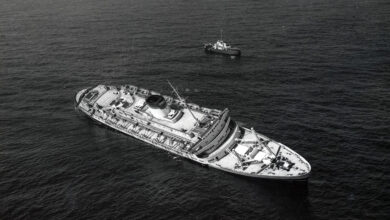The Space Shuttle Columbia Disaster
On February 1, 2003, the Space Shuttle Columbia was on its way home after a 16-day mission in space. As it streaked across the morning sky toward its scheduled landing in Florida, something went catastrophically wrong. In a matter of moments, the shuttle disintegrated high above the Earth, scattering debris across Texas and Louisiana and claiming the lives of all seven astronauts aboard.
It was a tragedy that shook NASA, stunned the world, and exposed critical flaws in the culture and safety systems behind America’s space programme.
A Mission Like Any Other
The mission, known as STS-107, was dedicated to scientific research. The seven-person crew was a diverse team of experienced professionals: Commander Rick Husband, Pilot William McCool, Mission Specialists Michael Anderson, David Brown, Laurel Clark, and Kalpana Chawla, and Payload Specialist Ilan Ramon, the first Israeli astronaut in space.
Throughout the mission, the crew conducted over 80 experiments in microgravity. From fluid physics to atmospheric science, the work they carried out was ambitious and wide-ranging. On the surface, it appeared to be a routine and successful mission. The trouble, however, had started much earlier, during launch.
The Foam Strike That Sealed Columbia’s Fate
Eighty-two seconds after take-off, a brief but consequential event occurred: a piece of insulating foam broke away from the shuttle’s external fuel tank and struck the left wing. Foam shedding during launch had happened before, and NASA engineers considered it a known issue, but one unlikely to pose serious danger.
This time, it was different.
The foam strike damaged the shuttle’s thermal protection system, the shield that protects it from the extreme heat of re-entry. However, with limited imaging data available, the risk was downplayed. No emergency action was taken during the mission. Columbia continued on its course.
Disaster on Re-entry
On the morning of February 1, the crew prepared for re-entry. As Columbia descended through Earth’s atmosphere, superheated gases, thousands of degrees hot, began to enter the damaged wing. Sensors started to fail. Temperatures rose abnormally on the left side of the shuttle. But from the cockpit, there was no indication of how serious the situation had become.
Moments later, Columbia broke apart.
At a speed of over 12,000 miles per hour and an altitude of nearly 40 miles, the shuttle disintegrated. There was no escape system. The crew had no chance to survive.
People on the ground saw streaks across the sky. A sonic boom echoed across states, and it quickly became clear that Columbia was lost.
A Nation in Shock
News of the disaster spread rapidly. Once again, as with the Challenger explosion in 1986, the world watched as a space shuttle tragedy unfolded in real time.
The loss of Columbia was especially painful because it occurred during re-entry, the final stage of the mission. The crew had completed their tasks, and their families were waiting for them on the ground. Instead, they faced an unimaginable loss.
Grief turned quickly to questions. How could something as seemingly small as a piece of foam bring down such a sophisticated vehicle? And why hadn’t NASA acted sooner?
Investigation and Hard Truths
In the months that followed, an independent investigation uncovered the details. The foam strike had indeed caused a breach in the shuttle’s left wing. During re-entry, that breach allowed superheated plasma to penetrate the wing, leading to structural failure and the shuttle’s destruction.
But the physical failure was only part of the story.
The investigation also revealed deeper issues within NASA. A culture of complacency had developed, one that normalised risk and discouraged dissenting voices. Engineers who had raised concerns about the foam strike were largely ignored or overruled. Communication failures and institutional overconfidence significantly contributed to the disaster.
It wasn’t just a technical failure. It was a human one.
Reform and Return to Flight
The Columbia disaster grounded the shuttle programme for over two years. During that time, NASA implemented a wide range of safety improvements. New procedures were introduced for detecting and assessing damage during missions. Astronauts were now equipped with better tools to inspect the shuttle’s exterior. Future missions carried contingency plans for emergency repair or rescue.
Importantly, NASA also undertook a cultural shift, encouraging more open dialogue and empowering engineers to voice safety concerns without fear of reprisal.
The shuttle returned to flight in 2005, but its days were numbered. The disaster had underscored the inherent risks of the shuttle’s design. By 2011, the programme was retired.
The Legacy of Columbia
The loss of Columbia and its crew was a defining moment in space exploration, serving as a stark reminder that even in the age of advanced technology, human spaceflight remains a perilous endeavour.
Yet, the mission was not in vain. The changes made in response to the disaster helped improve safety not only within NASA but across the entire aerospace industry. The lessons learned from Columbia influenced the design of future spacecraft, including those developed by commercial spaceflight companies.
Monuments and memorials honour the crew of STS-107, and their names live on in space itself, from lunar craters to Martian hills.
Their legacy extends not only to the science they conducted but also to the safer missions that followed.
Conclusion
The Columbia disaster was a tragedy that no one saw coming, and yet, in hindsight, could have been prevented. It was caused by a chain of small failures, missed warnings, and flawed assumptions.
But in the wake of that loss, change was forged. The astronauts of Columbia gave their lives in the pursuit of knowledge, and their sacrifice reshaped the way we approach spaceflight today.
As humanity continues to explore the stars, Columbia stands as a permanent reminder: progress must never come at the expense of vigilance, and even in the quiet void of space, we carry the weight of every lesson hard learned.
The Space Shuttle Columbia Disaster FAQ
The Columbia disaster occurred on 1 February 2003 when the shuttle disintegrated during re-entry, killing all seven astronauts on board.
A piece of foam insulation broke off during launch and damaged the left wing. This allowed superheated gas to enter the wing during re-entry, causing the spacecraft to break apart.
The crew included Rick Husband, William McCool, Michael Anderson, David Brown, Laurel Clark, Kalpana Chawla, and Ilan Ramon — all of whom tragically lost their lives.
NASA introduced new safety procedures, improved damage detection, and overhauled its risk culture. The shuttle programme eventually ended in 2011.
[this article originally appeared on 5MinuteDisasters.com on 19 July 2025]






